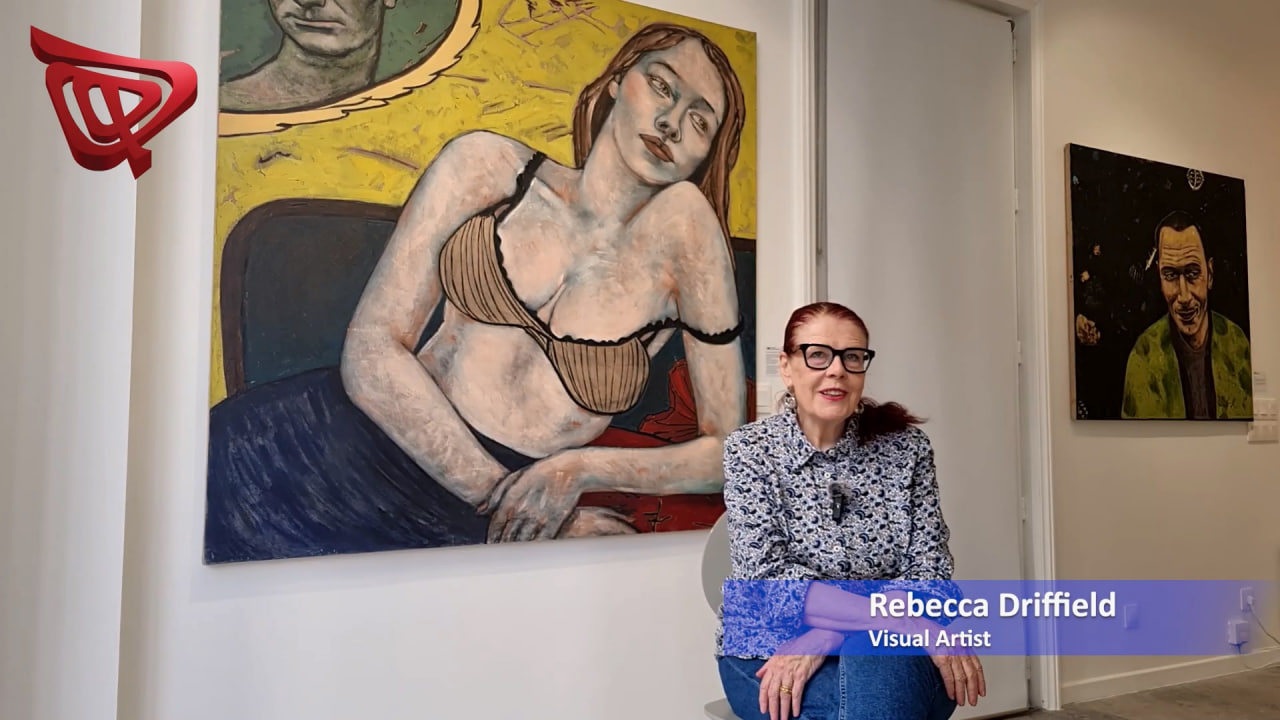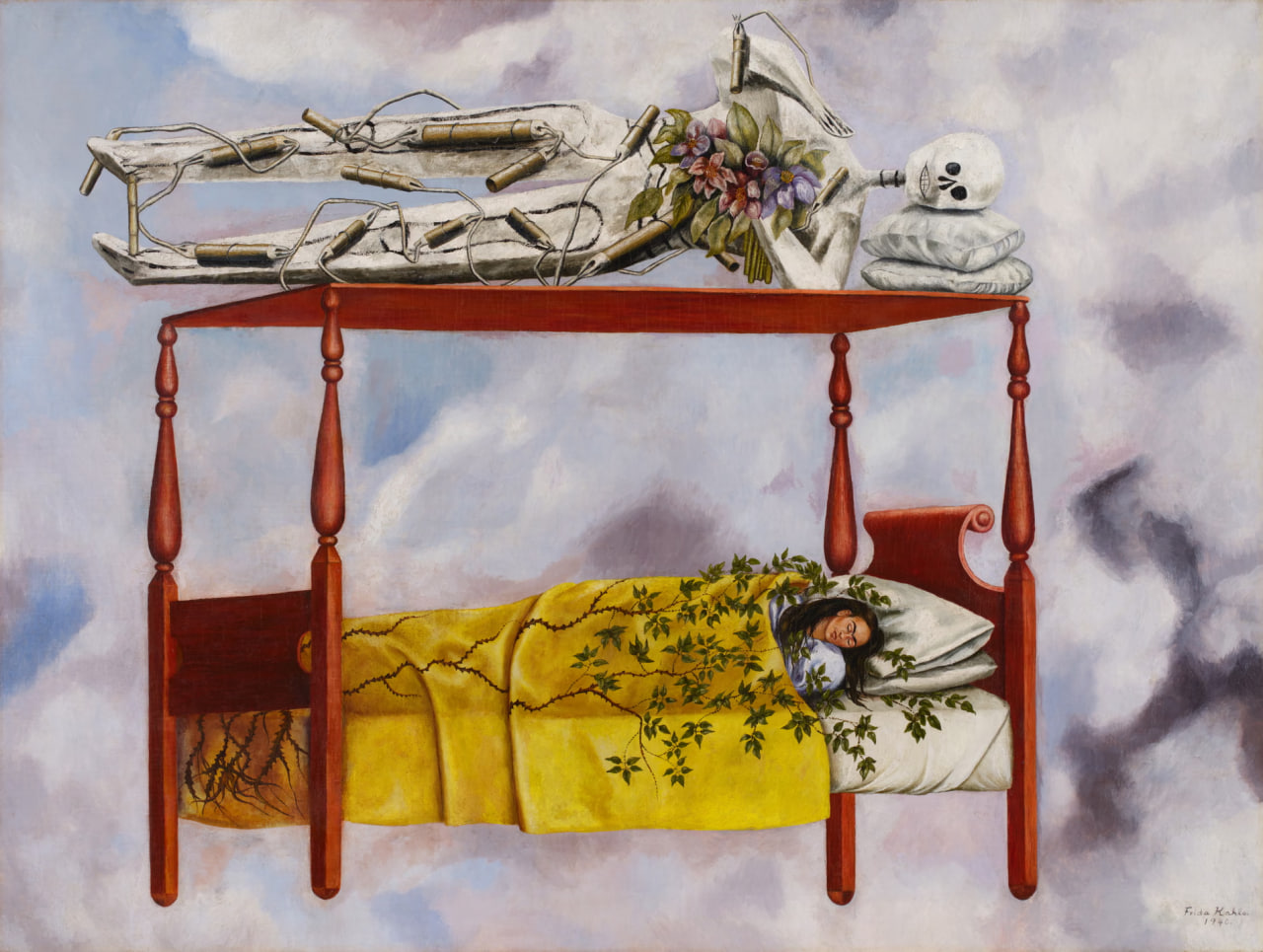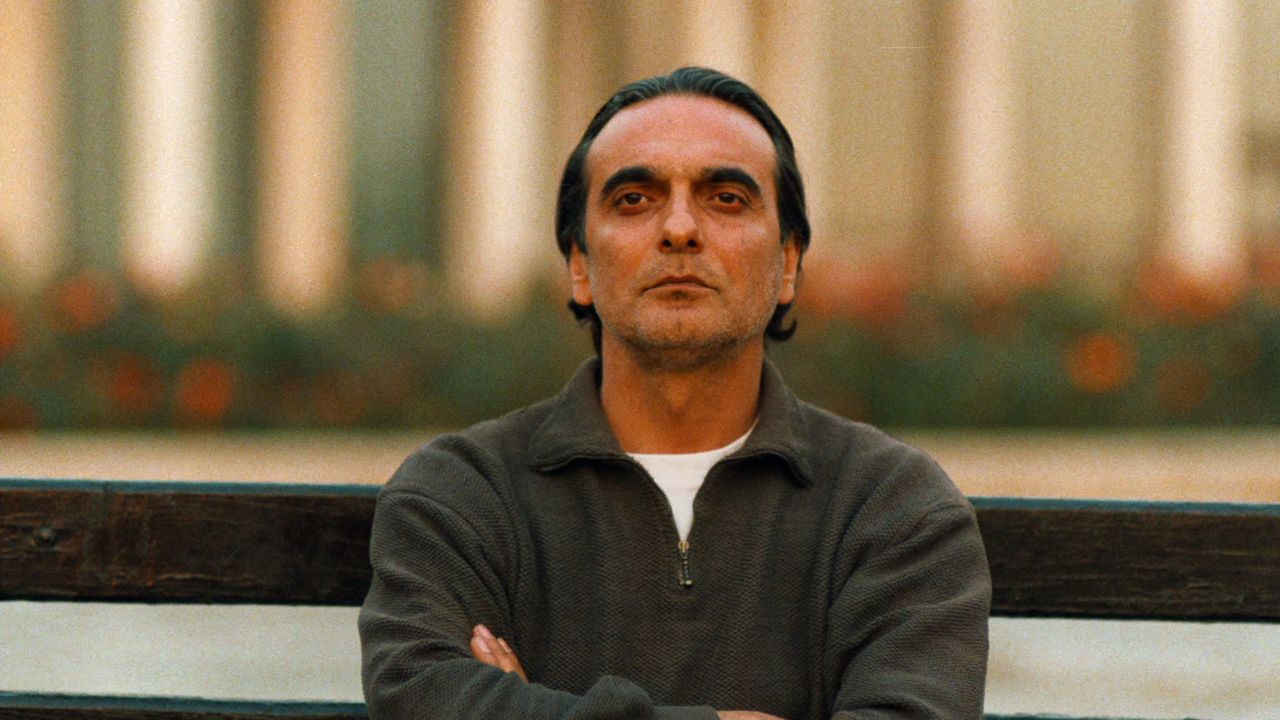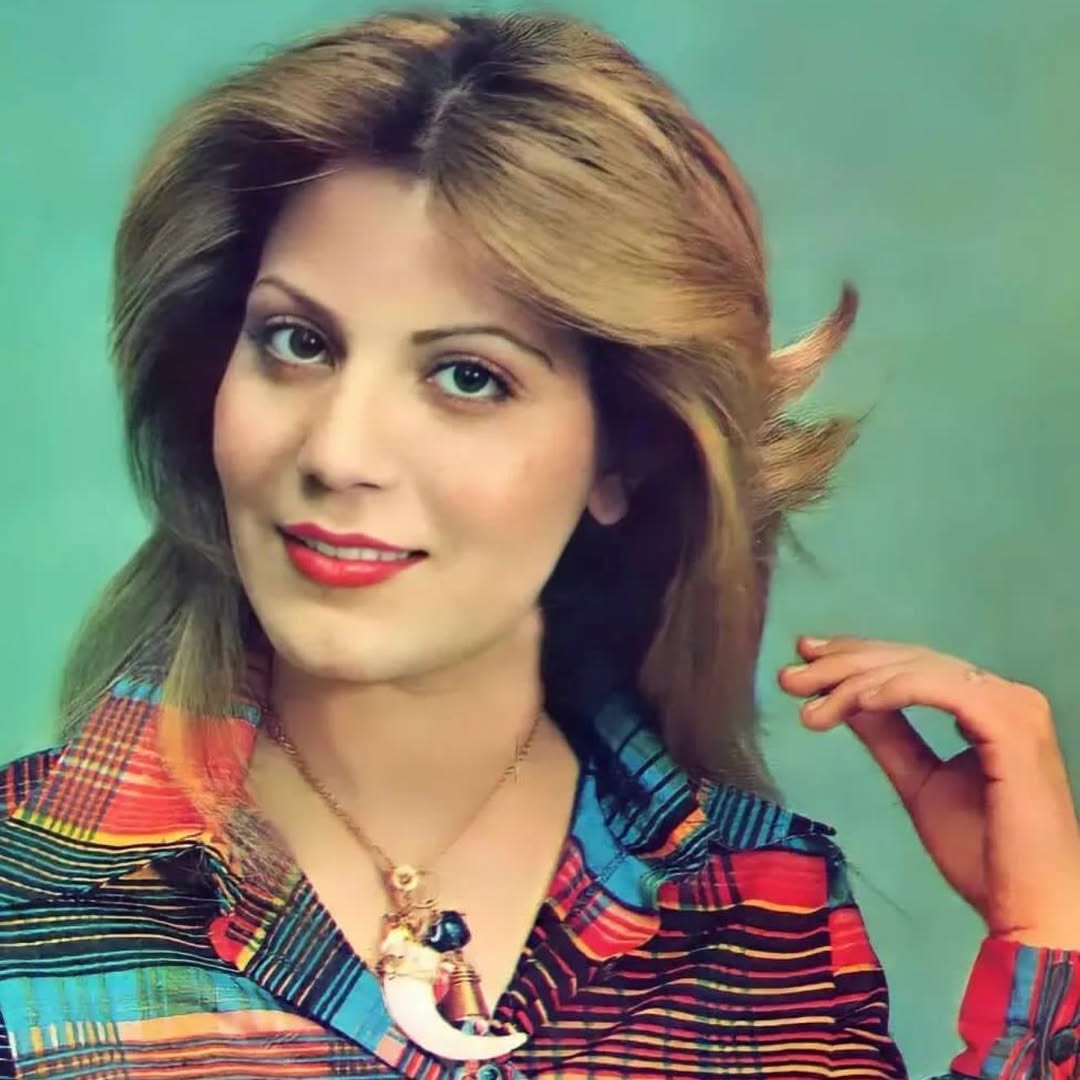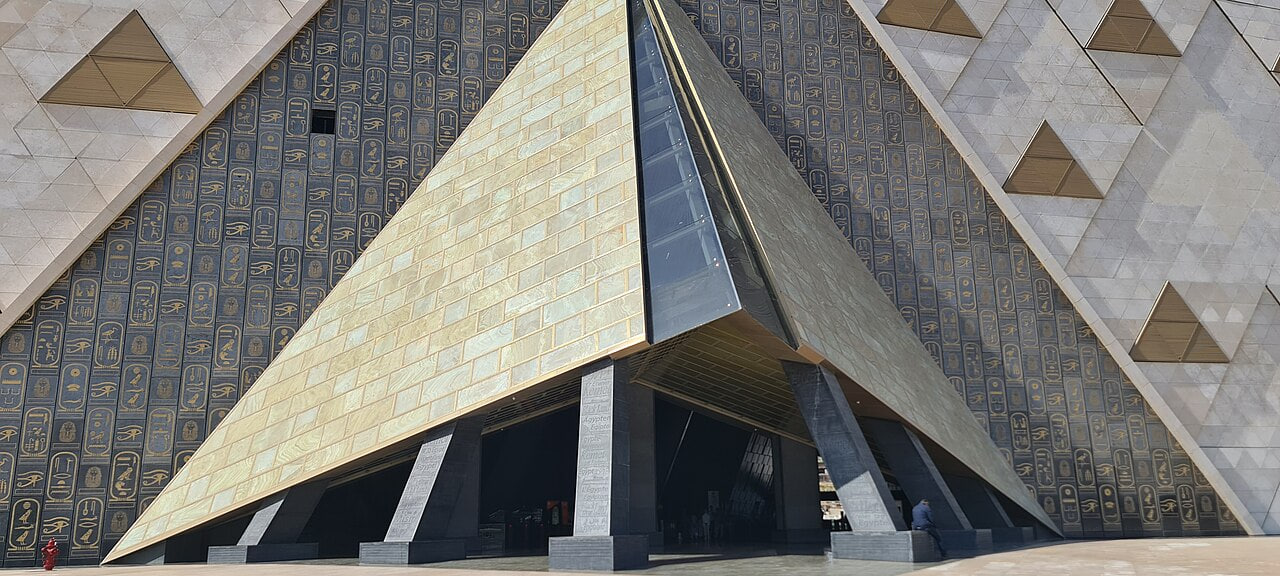By Kasra Aliha
The human face tells a thousand stories, and for Australian artist Rebecca Driffield, every brushstroke captures an intricate web of emotions, narratives, and silent dialogues. Having lived and worked in Paris since 1986, Driffield has built an impressive career in figurative painting, merging expressionistic symbolism with cinematic storytelling. Her recent exhibition at Kashavarzian Gallery in Paris showcased her ability to transcend traditional portraiture, drawing viewers into rich psychological landscapes filled with layered meanings and visual dynamism.
I had the privilege of sitting down with Driffield in the intimate setting of Kashavarzian Gallery for an exclusive interview. The conversation, which has been recorded both as a video interview and a podcast episode for Honargardi, delved deep into her influences, techniques, and the interplay between painting and cinema in her work.
The Cinematic Eye in Painting
Driffield’s paintings are often described as cinematic compositions—a single frozen frame that suggests movement, backstory, and psychological depth. Her fascination with cinema is evident in between characters.
From London to Paris: A Recognized Talent
Driffield’s artistic journey has been widely recognized on an international scale. She was awarded four grants by the Australia Council and gained significant recognition in London, winning 2nd Prize at the prestigious BP Portrait Award at the National Portrait Gallery. Her portrait was even chosen as the official image for the award that year—a testament to the impact of her figurative approach.
Her work is now part of major collections, including the BBC in London, the Frissiras Museum in Athens, and the Tavistock Institute. These institutions house some of the most compelling contemporary portraiture, reaffirming Driffield’s place among the most respected figurative painters of our time.
A Conversation in the Gallery: Process, Emotion, and Influence
During our discussion, which was beautifully captured on film by cinematographer Behnood Massoumi, Driffield spoke about her process.
Where to Watch and Listen
For those interested in exploring Driffield’s insights further, our full video interview is available on Honargardi’s YouTube channel. The discussion is also featured in our latest podcast episode, allowing listeners to engage with her perspectives in an audio format.
📺 Watch the full video interview here:
🎙️ Listen to the podcast episode on Castbox and Spotify:
A special thanks to Tannaz Keshavarzian, whose efforts in curating this exhibition at Kashavarzian Gallery made this conversation possible.
Final Thoughts
Rebecca Driffield’s ability to bridge painting and cinematic storytelling sets her apart in contemporary figurative art. Her work does not simply depict a face—it invites the viewer into a psychological narrative, where emotions are layered, histories are hinted at, and every gaze is loaded with meaning.
In an age where images flash before us in an instant, Rebecca Driffield’s paintings remind us of the power of stillness—and the cinema that exists within it.

